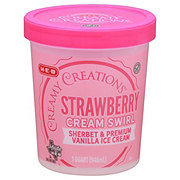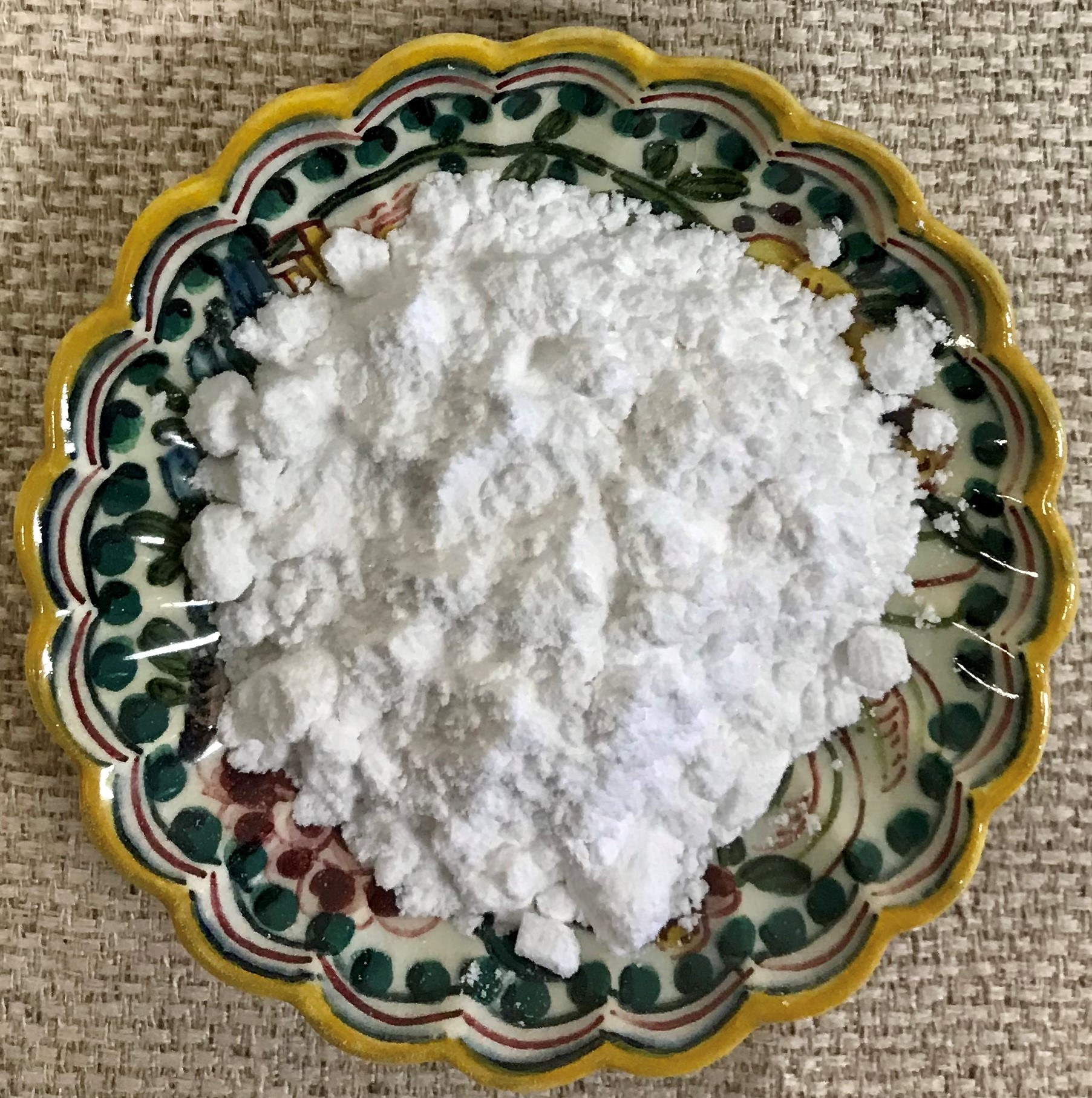

Gonzalo Castelló is the president of Tártaros Gonzalo Castelló, which manufactures 40% of the world’s cream of tartar in a factory in Alicante, Spain, a city on the Mediterranean coast. A smidge of cream of tartar can choreograph the protein ballet of whipped egg whites, keeping the structure tight but not too tight so that air is caught in stiff peaks without risking collapse in the oven.īut perhaps my favorite thing about cream of tartar, though, is its continuing ties to winemaking. And, unlike many other chemical leaveners, it has no metallic aftertaste.Īnd if you’re trying to make a perfect meringue, look no further. It discourages browning, keeping the insides of angel food and cupcakes snowy and light. “It is immediate,” she says, activating on contact with moisture in a batter. Dikla Levy Frances praises its unique benefits. These substances are “double-acting”-rising once when the batter is mixed and again in the heat of the oven.īut don’t take this to mean that cream of tartar is a relic of the past. Instead, they rely on combinations of phosphates and sodium aluminum sulfate as acids. Nowadays, most commercially available baking powders no longer include cream of tartar. As she puts it in her book, “unlike bread, cake was not a duty it was a pleasure.” Baking became an opportunity for self-expression. “They did it in their kitchens, experimenting with chemical leaveners,” like cream of tartar. “Americans-let me amend that, American women-invented cake as we know it,” Civitello told me. Chemical leaveners allowed bakers to work with thinner, runnier, less glutinous batters, to forego laborious kneading, and to produce airier textures and new, moldable forms.

Because yeast releases carbon dioxide gradually, it requires a certain type of dough, one with the elasticity to capture and retain bubbles of gas as they emerge. These novel ingredients opened up new horizons for baking, expanding what was possible. It wasn’t simply that chemical leaveners were faster and more reliable than yeast. And that’s what baking powder gives you.” “Americans, we are about speed, we are about being foolproof. This, Civitello said, didn’t suit the emerging American temperament. This kind of baking was tedious and time-consuming-waiting (and hoping!) for the yeast to rise-and was generally reserved for special occasions.


 0 kommentar(er)
0 kommentar(er)
